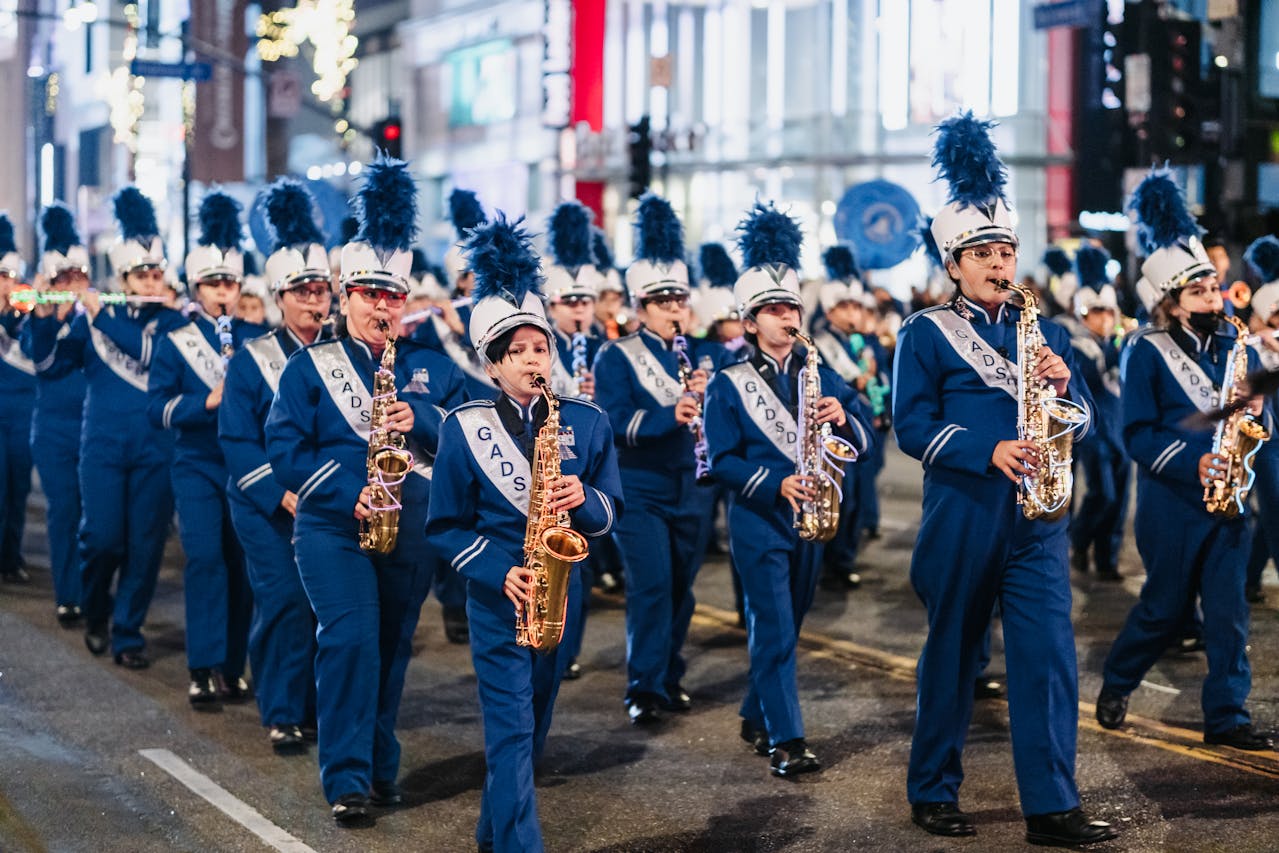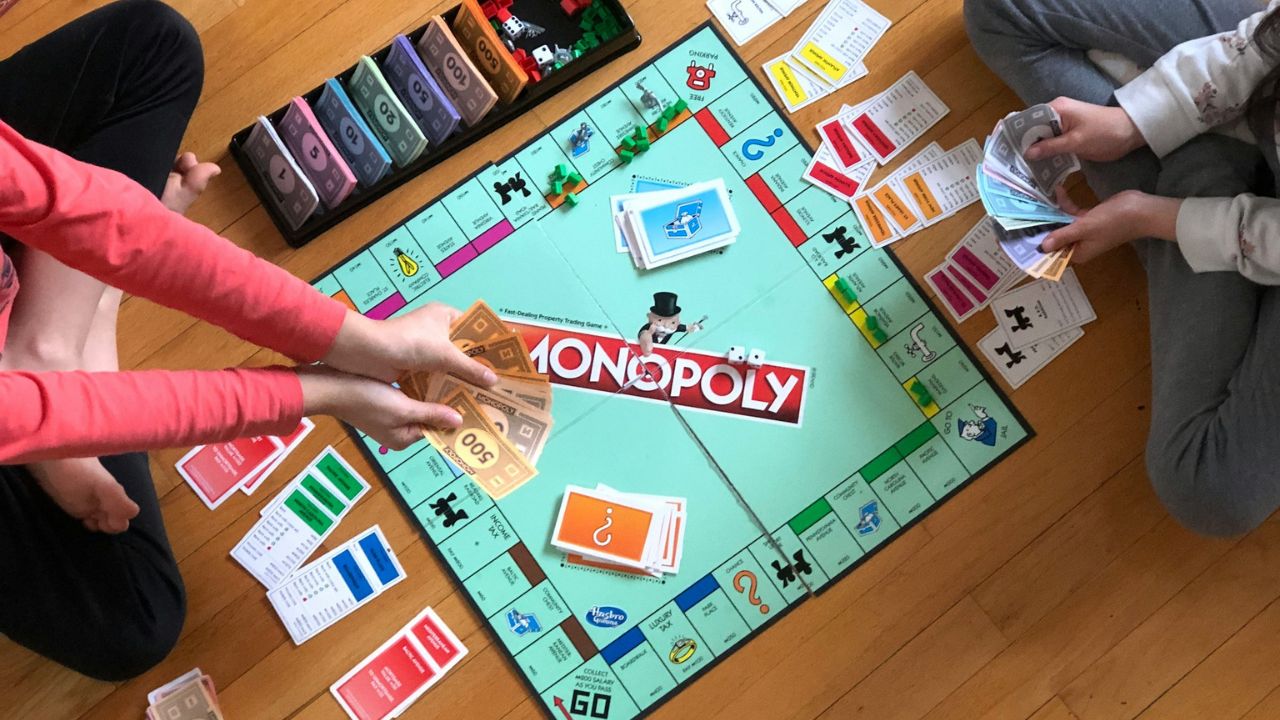Patriotic rituals often feel older than they really are. Flags flutter, bands play, fireworks crackle, and it all seems carved in stone from the earliest days of the republic. In truth, many of these habits started as local experiments, advertising ideas, or quick fixes during moments of crisis. Over decades, they picked up emotion, repetition, and memory until they felt inevitable. Knowing where they came from does not cheapen them. It simply shows how everyday choices slowly became national habits.
Fireworks Displays On National Holidays
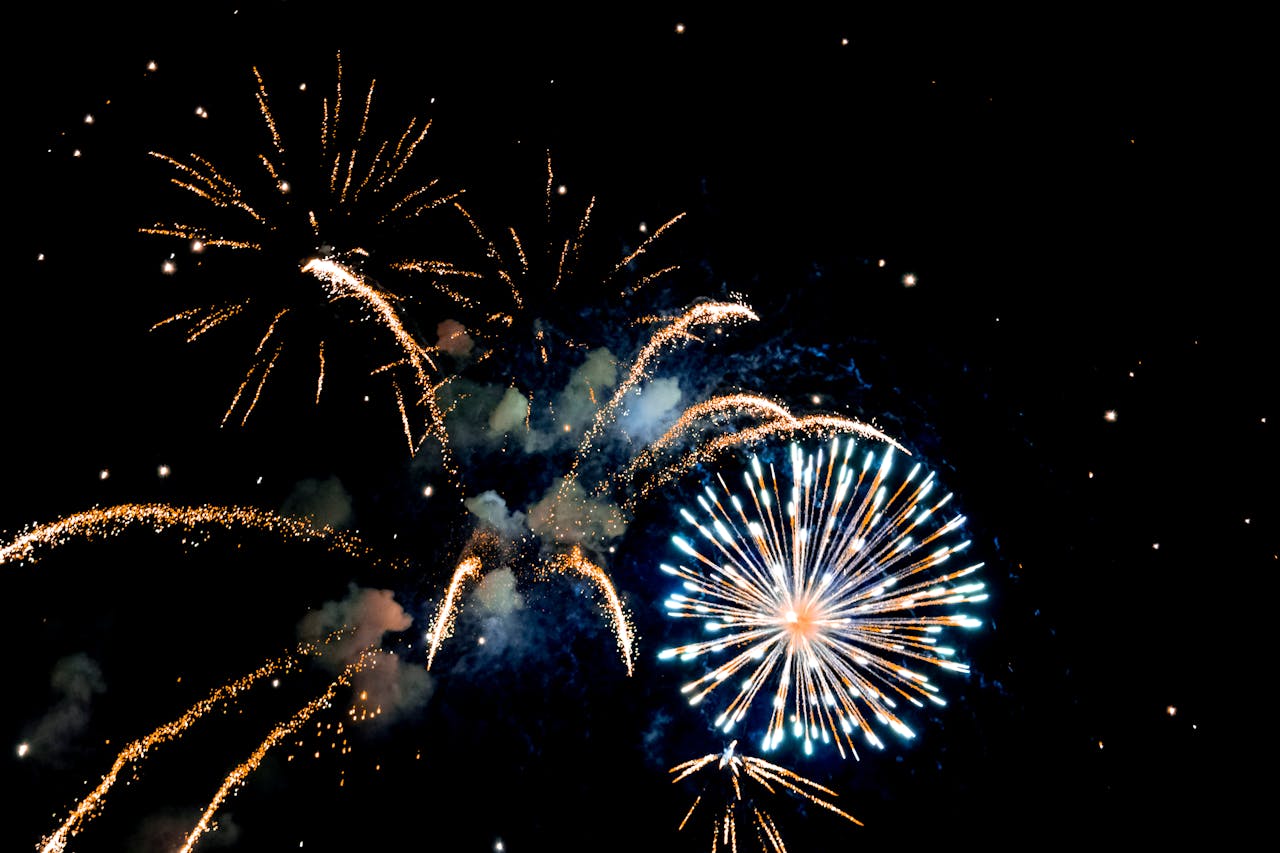
Explosive celebrations did not spring fully formed from the first independence speeches. Early leaders borrowed fireworks from European and Chinese traditions simply because they were loud, bright, and impossible to ignore. City governments later embraced big displays to pull crowds into supervised events instead of chaotic street revelry. By the twentieth century, pyrotechnic companies wrapped their products in patriotic branding, and elaborate municipal shows became the expected ending to summer evenings and major civic anniversaries.
Flags On Front Porches
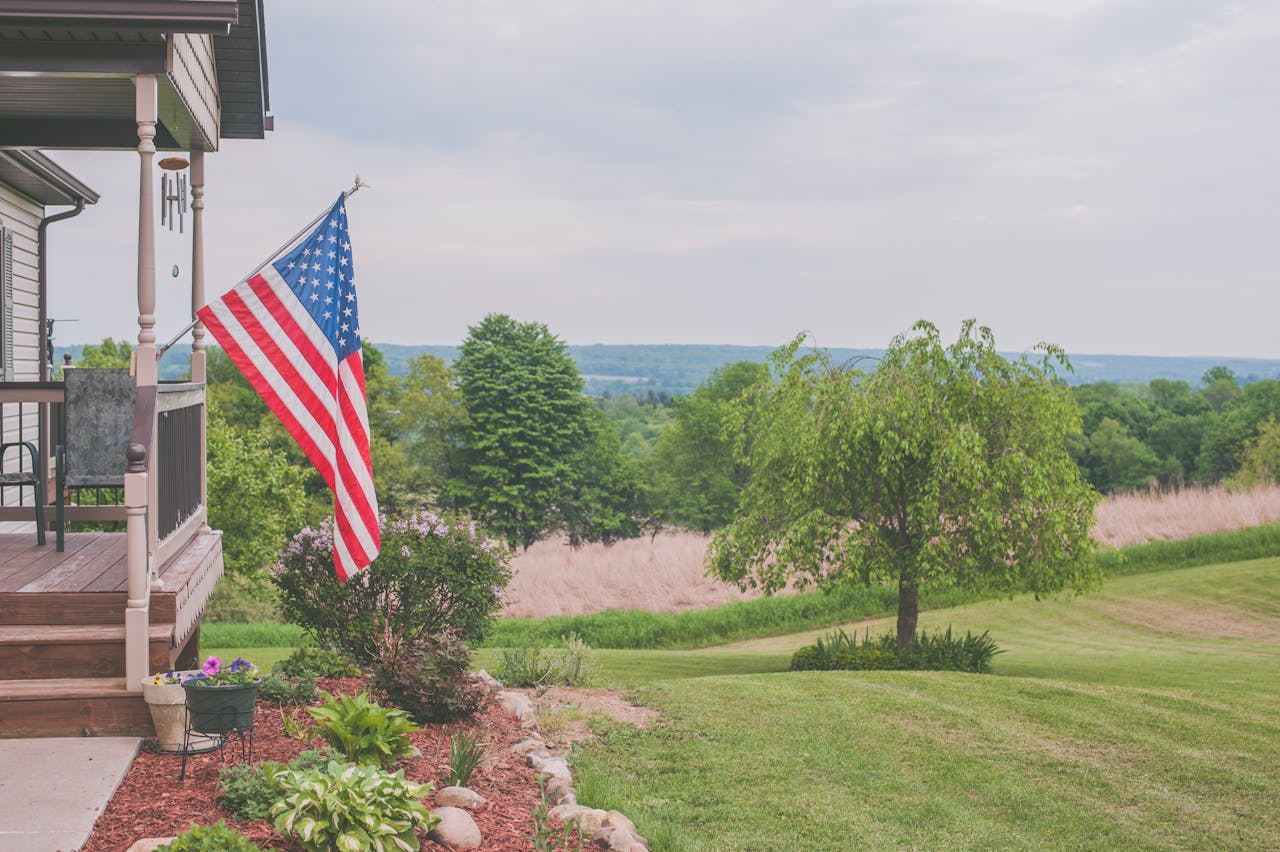
Household flags are a familiar sight now, but the idea of families flying national colors at home only took off after the Civil War. Before that, flags were mostly seen on ships, forts, and government buildings. Veterans’ groups, fraternal lodges, and civic clubs encouraged home displays as a way to honor service and signal unity during a bruised reconstruction era. Textile mills made small banners affordable, while etiquette guides and school programs taught consistent rules that turned scattered gestures into a shared practice.
The National Anthem Before Games
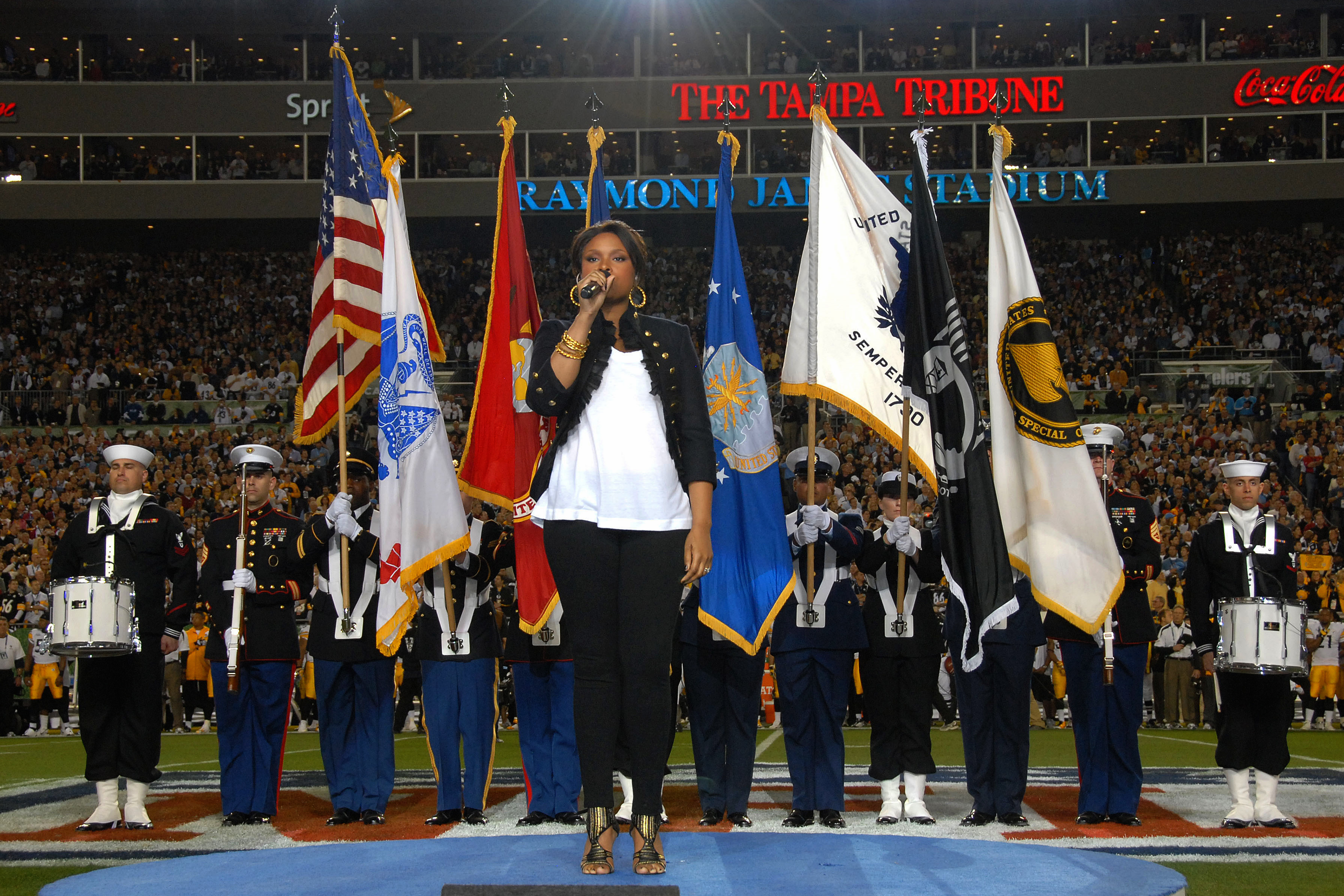
The anthem at stadiums feels inseparable from sports, yet it began as a wartime experiment rather than a fixed rule. During World War I, ballparks invited bands to play patriotic songs to lift morale, support bond drives, and calm nerves. The tradition strengthened during World War II and the Cold War, when radio and television broadcasters wanted moments that carried emotional weight. Over time, a sometimes performance turned into a ritual, spreading from World Series games to small town tournaments and school fields.
Red, White, And Blue Party Food
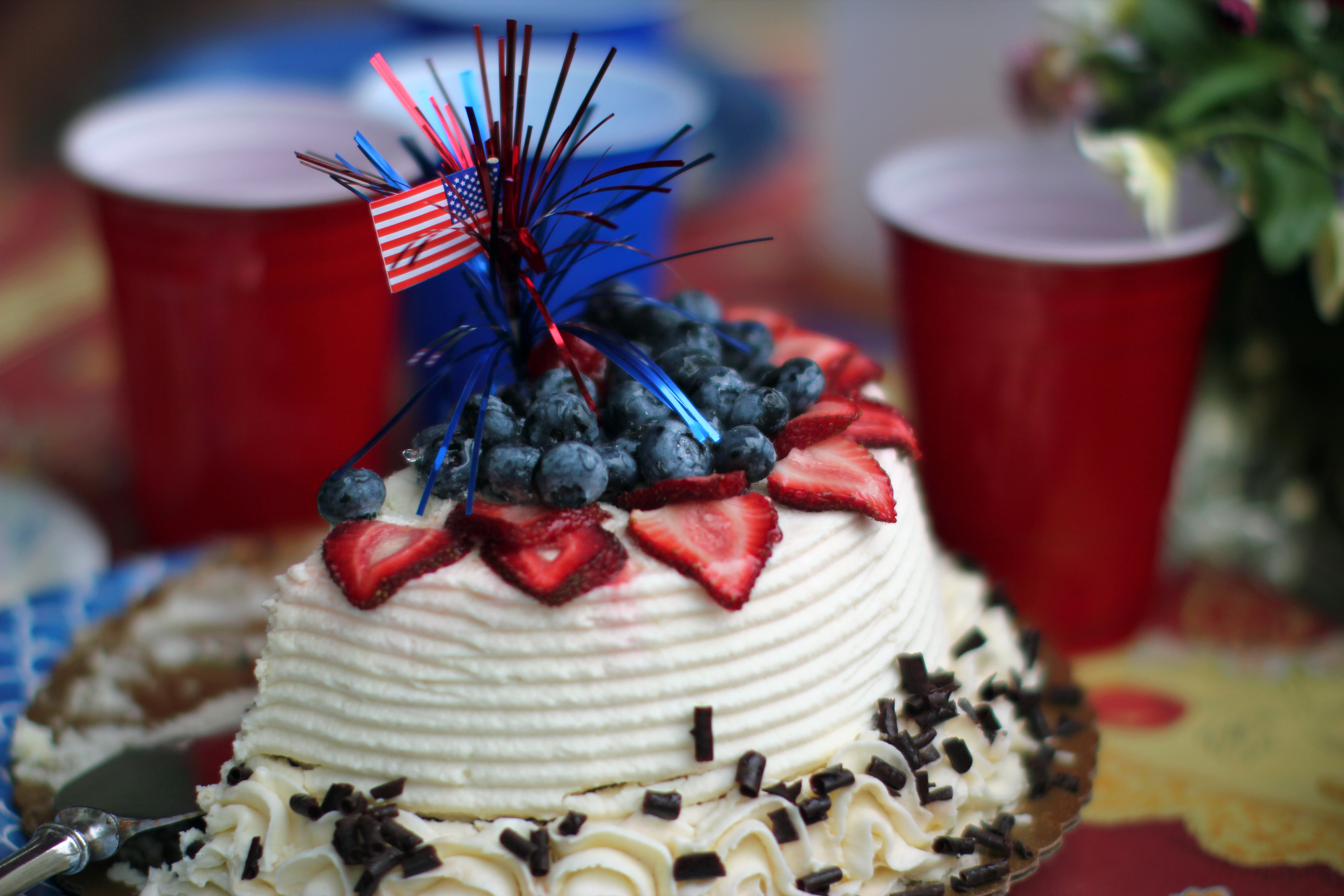
Flag colored desserts and salads on holiday tables look like old family traditions, but many were born in test kitchens. As color printing grew in magazines, editors needed recipes that photographed well and felt festive. Food companies joined in, promoting whipped toppings, baking mixes, and gelatin as perfect tools for patriotic creativity. Berry stripes, dyed frosting, and layered parfaits appeared first as styled features, then were copied in suburban kitchens. Eventually, the camera friendly ideas became comfort food with a backstory no one mentioned.
Holiday Parades With Marching Bands

Parades have ancient roots, but the blend of floats, marching bands, veterans, and civic groups seen on national holidays is more modern than it appears. Industrial fairs and department stores helped shape the format, using processions to showcase products, unions, and seasonal sales. Veterans’ organizations then added honor guards, remembrance segments, and flag ceremonies. Television coverage cemented certain routes and styles in the national imagination, turning a patchwork of local customs into a template that towns across the country still follow.
Hand Over Heart During The Anthem
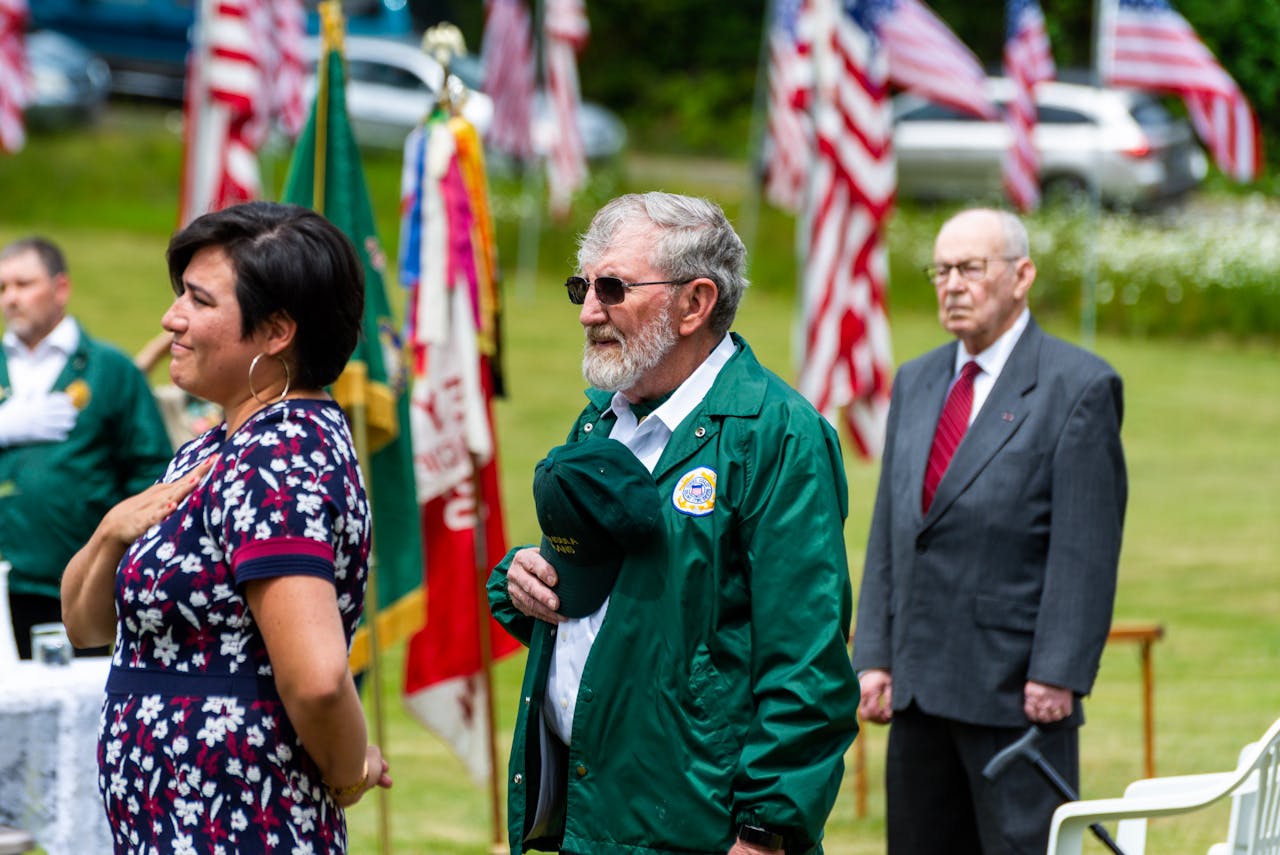
Covering the heart during pledges and anthems feels natural now, yet it replaced a very different gesture. Early in the twentieth century, schoolchildren used an extended arm salute toward the flag. As fascist movements overseas adopted a similar posture, the resemblance became deeply uncomfortable. In 1942, Congress amended the flag code to recommend a hand over the heart instead. Within a generation, the older salute was largely forgotten, and the new gesture felt like it had always belonged in classrooms and stadiums.
Military Flyovers At Big Events
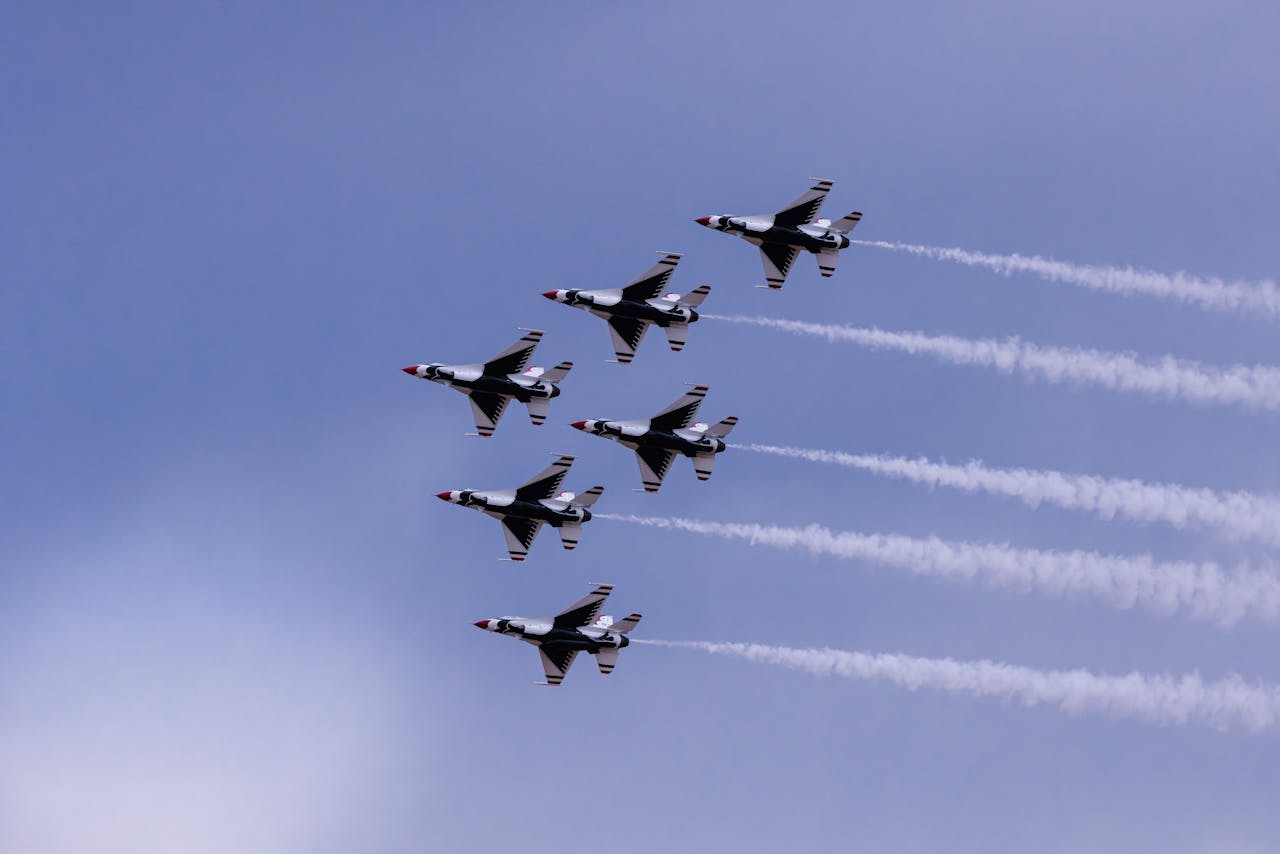
Jets roaring over stadiums or downtown parades seem like pure spectacle, but the practice grew from strategic goals. After World War II, military leaders worried about becoming invisible in peacetime. Flyovers offered a way to keep aircraft in the public eye, build recruitment interest, and give pilots coordinated training. Broadcasters loved the dramatic visuals, and crowds responded with enthusiasm. What began as outreach and practice evolved into a near expected flourish at championships, inaugurations, and major memorial ceremonies.
Flag-Themed Clothing And Accessories
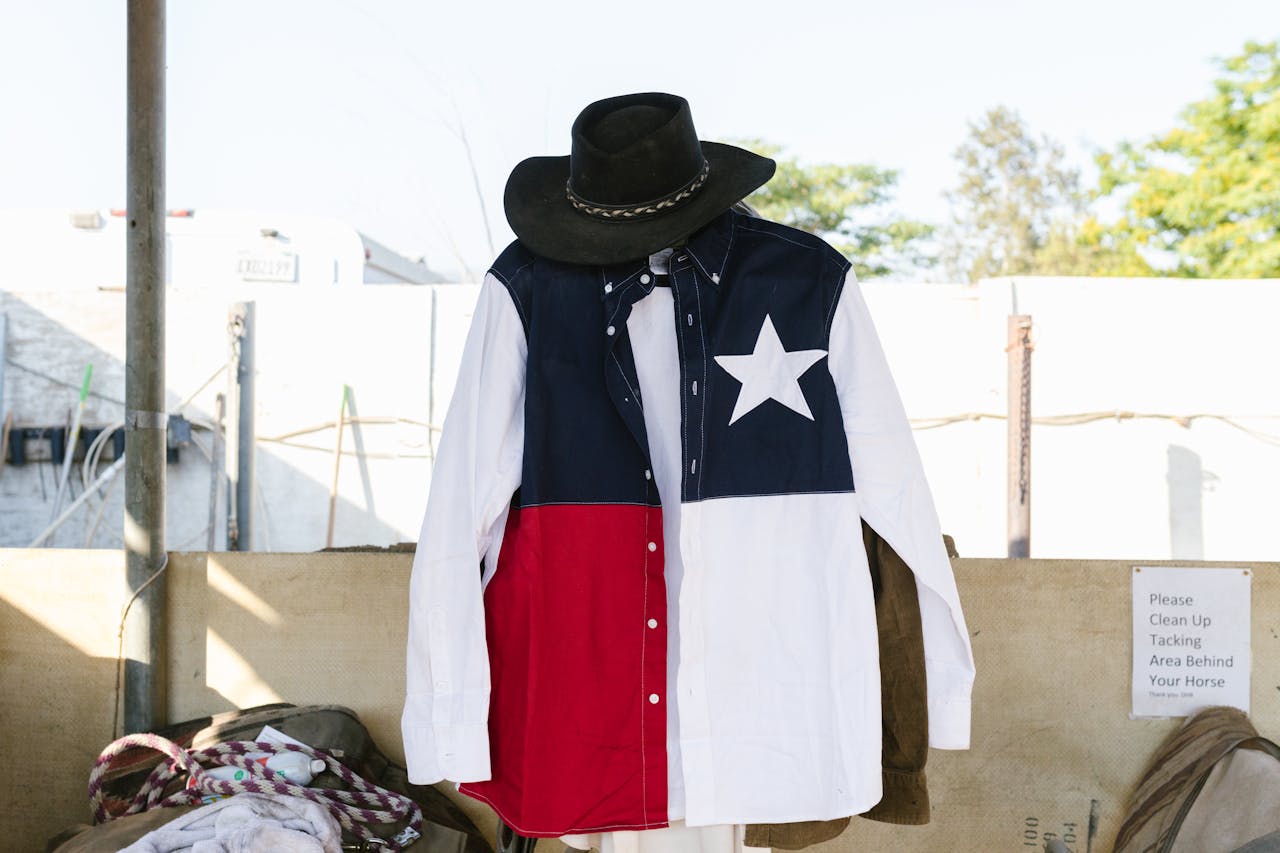
Clothing patterned with stars and stripes did not start as harmless holiday fashion. In the 1960s and 1970s, artists, musicians, and activists used flag imagery on jackets, jeans, and dresses as a way to question authority, critique policy, or reclaim national symbols for protest. Court cases tested the boundaries between expression and disrespect. Over time, large retailers softened the look into seasonal designs for swimsuits, T-shirts, and flip-flops. A style that once signaled confrontation gradually became another summer theme on store racks.
Moments Of National Silence
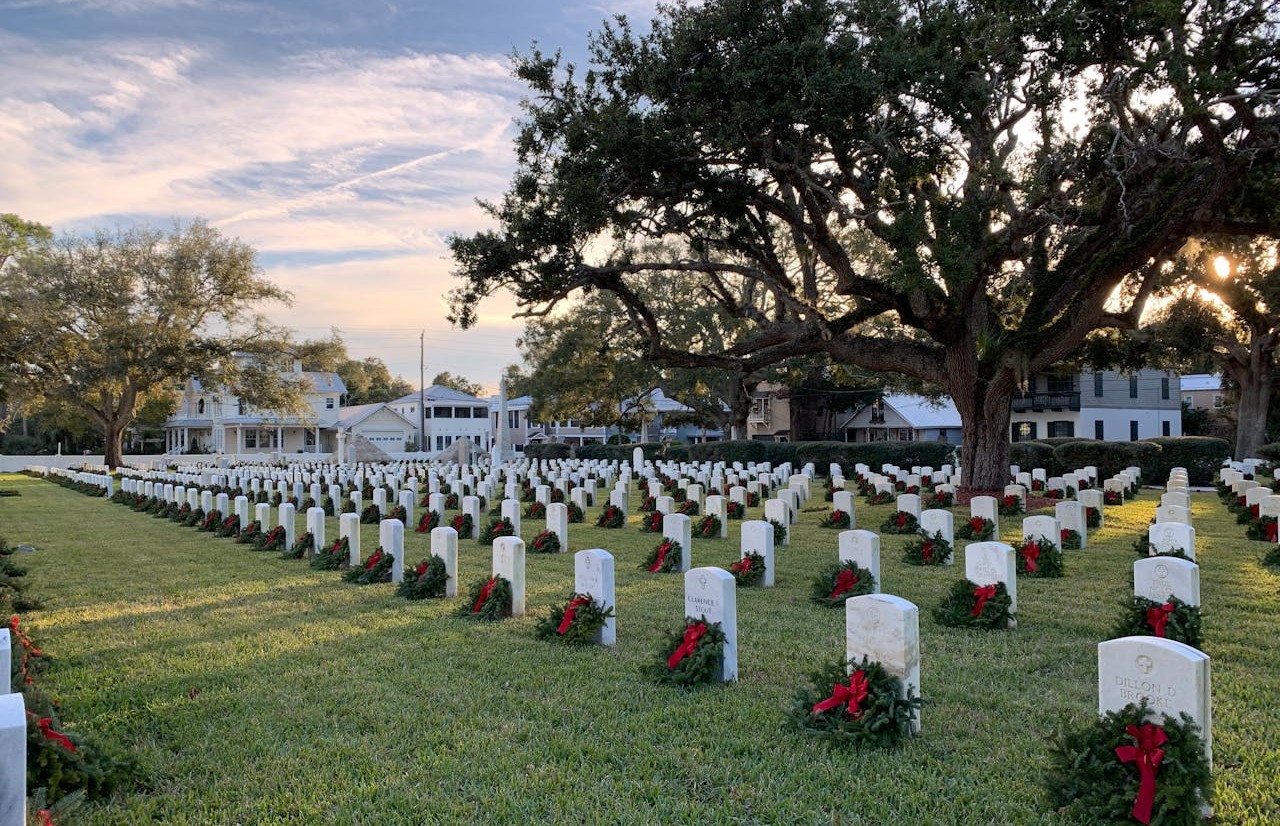
Shared moments of silence during patriotic observances feel deeply solemn, yet they are relatively recent inventions. After World War I, communities in Britain and other parts of the Commonwealth began observing brief silences to acknowledge immense loss in a way that crossed religious and class lines. The idea resonated because it required no speech, only stillness. American events later adopted similar pauses on Memorial Day, Sept. 11 anniversaries, and local remembrance days, where the quiet often speaks more clearly than any speech.
Charity Runs And Community Service Days
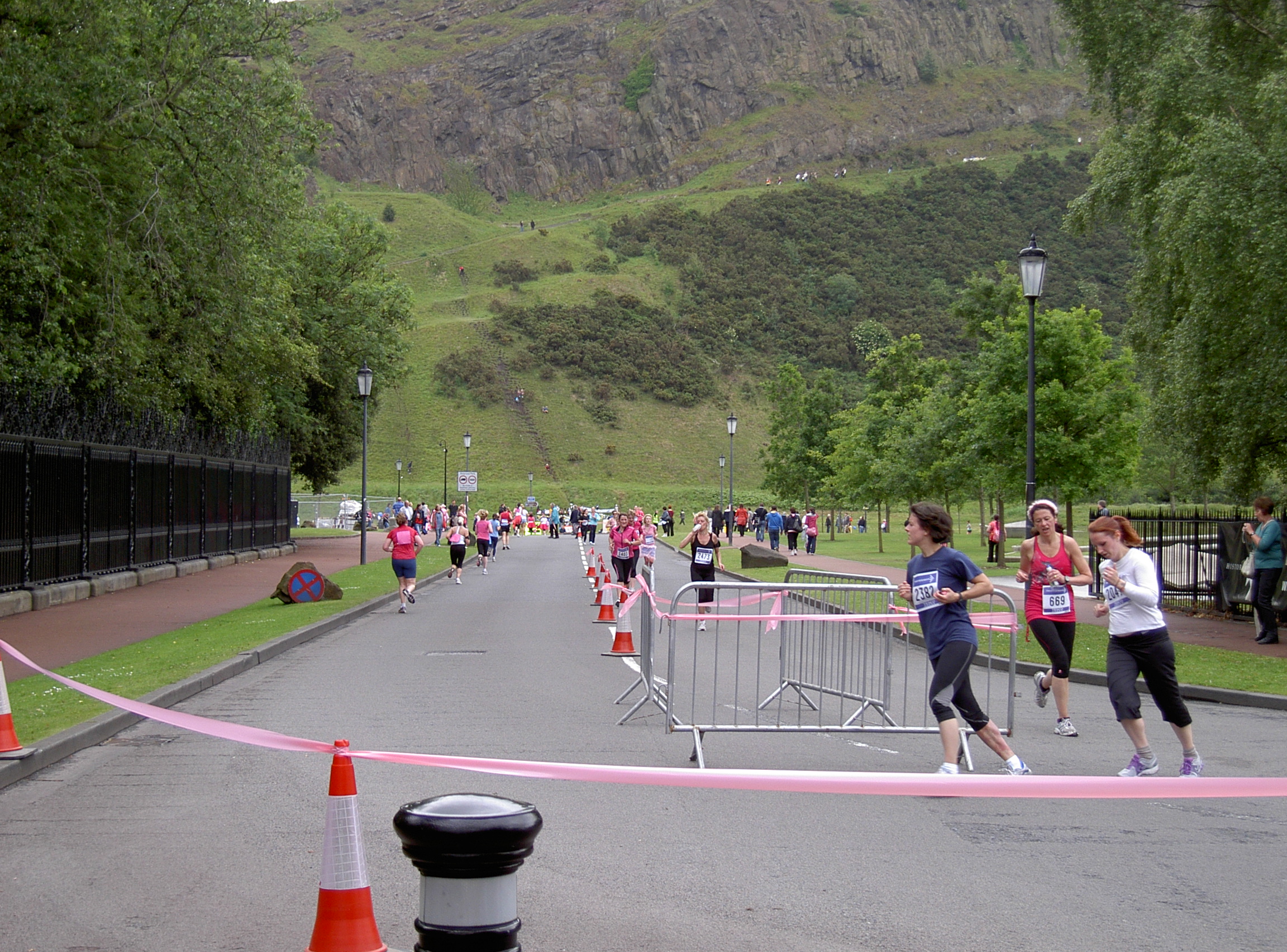
Charity runs, park cleanups, and blood drives tied to patriotic dates grew out of practical questions. Organizers wanted ways to connect national pride with visible local impact. Fitness trends, running clubs, and nonprofit fundraising strategies all converged. Road races began raising money for veterans’ services, emergency responders, and civic projects. Community service days bundled flag raisings with paint brushes and trash bags. These events shifted focus from speeches alone to actions that leave neighborhoods, trails, and public spaces measurably better by nightfall.
